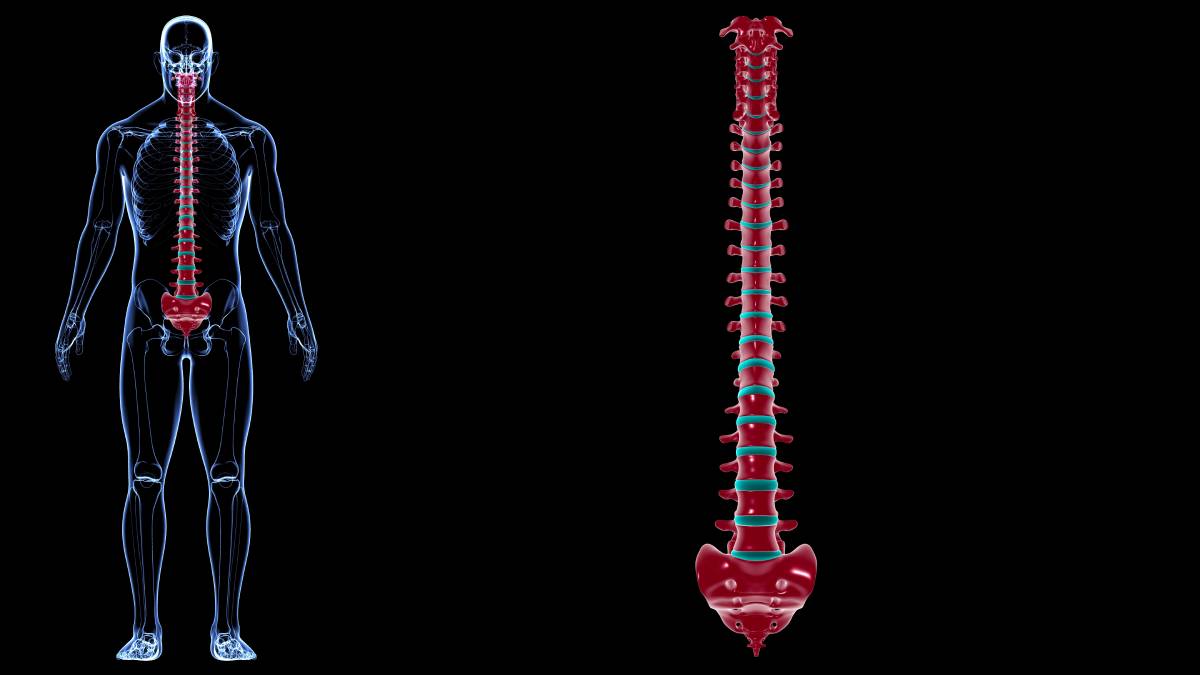Spinal Cord Stimulators Across the US

Spinal cord stimulators have emerged as an innovative treatment option for chronic pain management. These devices, which deliver electrical impulses to the spinal cord, have shown efficacy in reducing pain and improving the quality of life for patients suffering from various chronic pain conditions. The adoption of spinal cord stimulators across the US highlights both the growing need for innovative pain management solutions and the advancements in medical technology that make such treatments possible.
Spinal cord stimulators are implantable devices that deliver mild electrical pulses to the spinal cord to block pain signals from reaching the brain. The system typically consists of a pulse generator, which is implanted under the skin, and electrodes, which are placed near the spinal cord. Patients can control the level of stimulation using an external device, allowing for personalized pain management 1.
A spinal cord stimulator is primarily used for patients with chronic pain conditions that have not responded to conventional treatments. Common indications include failed back surgery syndrome, where pain persists following spinal surgery, or complex regional pain syndrome, a chronic pain condition affecting a limb. It can also be useful for peripheral neuropathy or arachnoiditis, which is inflammation of the arachnoid membrane causing severe pain 2.
The use of spinal cord stimulators has increased significantly across the US, driven by the rising prevalence of chronic pain conditions and the opioid epidemic, which has spurred the search for alternative pain management strategies. A spinal cord stimulator offers a non-opioid option, reducing dependence on pain medications 3,4.
Technological advancements have played a crucial role in the widespread adoption of spinal cord stimulators. Modern stimulators offer a variety of different features that enhance their efficacy and patient satisfaction 5,6. Many current models are equipped with rechargeable batteries, reducing the need for frequent replacements and surgeries. Newer devices are also designed to be magnetic resonance imaging (MRI)-safe, addressing one of the significant limitations of earlier models. In addition, advanced spinal cord stimulator systems can automatically adjust the stimulation level based on the patient’s position and activity, providing consistent pain relief.
Some studies have found that spinal cord stimulators are effective in reducing chronic pain and improving functional outcomes. Participants have reported significant pain relief, reduced reliance on pain medications, and enhanced quality of life. The ability to tailor the stimulation to individual needs allows for better management of pain and increased patient satisfaction 1,7.
Despite their purported benefits, spinal cord stimulators are not without challenges. Some patients may experience complications such as infections, hardware malfunctions, or inadequate pain relief. Additionally, the initial cost of the device and the implantation procedure can be high, posing a barrier for some patients. Insurance coverage and reimbursement policies vary, affecting accessibility and affordability. There is mixed evidence as to their efficacy overall 8,9.
Spinal cord stimulators represent an exciting advancement in the management of chronic pain and have become more common across the US. Their ability to provide pain relief has made them a vital option for patients with treatment resistant chronic pain conditions. However, further data is necessary to optimize their use.
References
1. Dydyk, A. M. & Tadi, P. Spinal Cord Stimulator Implant. StatPearls (2023).
2. Spinal Cord Stimulator | Johns Hopkins Medicine. Available at: https://www.hopkinsmedicine.org/health/treatment-tests-and-therapies/treating-pain-with-spinal-cord-stimulators. (Accessed: 7th June 2024)
3. Al-Kaisy, A. et al. Opioid-sparing effects of 10 kHz spinal cord stimulation: a review of clinical evidence. Annals of the New York Academy of Sciences (2020). doi:10.1111/nyas.14236
4. Barpujari, A. & Erdek, M. A. Retrospective analysis on the effect of spinal cord stimulation on opioid consumption. Pain Manag. (2021). doi:10.2217/pmt-2020-0016
5. Spinal Cord Stimulator Systems – Boston Scientific. Available at: https://www.bostonscientific.com/en-US/products/spinal-cord-stimulator-systems.html. (Accessed: 7th June 2024)
6. Lam, C. M. et al. Advances in Spinal Cord Stimulation. Bioengineering (2023). doi:10.3390/bioengineering10020185
7. Spinal Cord Stimulation – StatPearls – NCBI Bookshelf. Available at: https://www.ncbi.nlm.nih.gov/books/NBK553154/. (Accessed: 7th June 2024)
8. Garg, I. & Wang, D. Complications of Spinal Cord Stimulator Trials and Implants: A Review. Curr. Pain Headache Rep. 27, 837–842 (2023). doi: 10.1007/s11916-023-01190-7.
9. Despite Weak Evidence, Spinal Cord Stimulators Are Big Business | AAFP. Available at: https://www.aafp.org/pubs/afp/afp-community-blog/entry/despite-weak-evidence-spinal-cord-stimulators-are-big-business.html. (Accessed: 7th June 2024)
